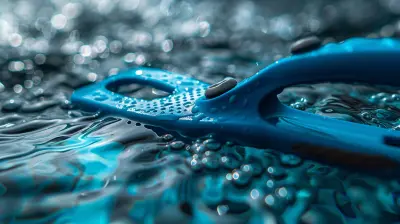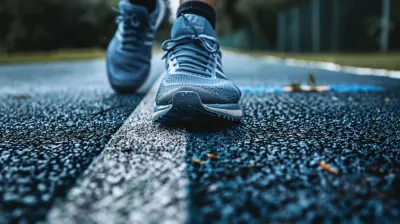How to Properly Layer for Cold Weather Skiing
3 June 2025
Skiing in cold weather can be an unforgettable experience—fresh powder, crisp air, and stunning mountain views. But without the right layers, it can quickly turn into a freezing nightmare. Proper layering is the key to staying warm, dry, and comfortable on the slopes.
So, how do you do it right? Let's break it down layer by layer to ensure you're prepared for whatever winter throws your way. 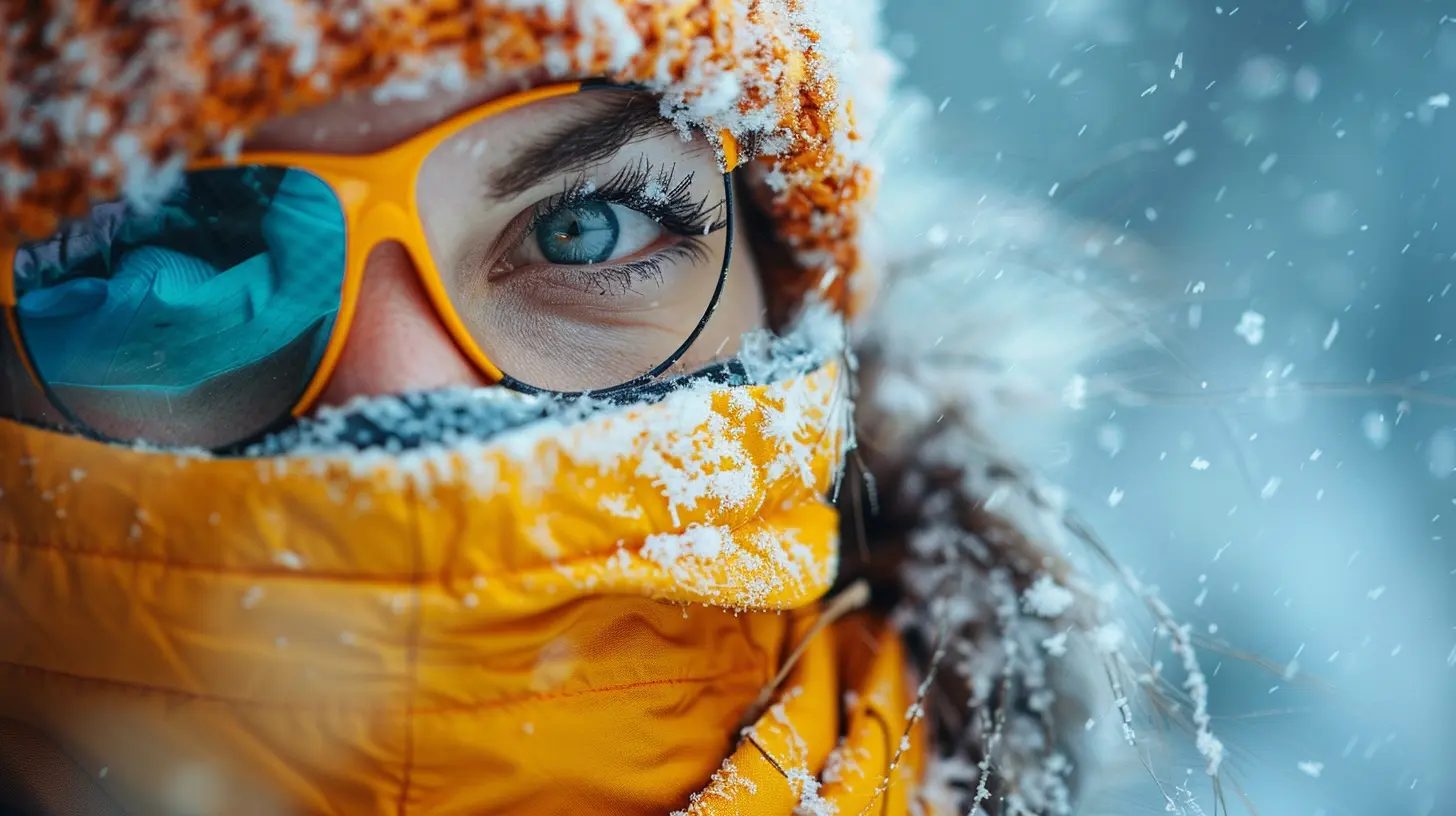
Why Layering Matters
Dressing for skiing isn't about piling on as many clothes as possible. Instead, it’s about using a strategic layering system that regulates your body temperature, wicks away sweat, and protects you from wind and snow.A well-thought-out layering system keeps you warm without overheating. Plus, it allows you to adjust your clothing based on temperature changes throughout the day.
The magic formula? Three essential layers:
1. Base Layer – Moisture-wicking to keep you dry.
2. Mid Layer – Insulating to keep you warm.
3. Outer Layer – Protective to shield you from wind and snow.
Each layer has a job. Skip one, and you’ll either freeze, overheat, or end up soaked in sweat. Nobody wants that! 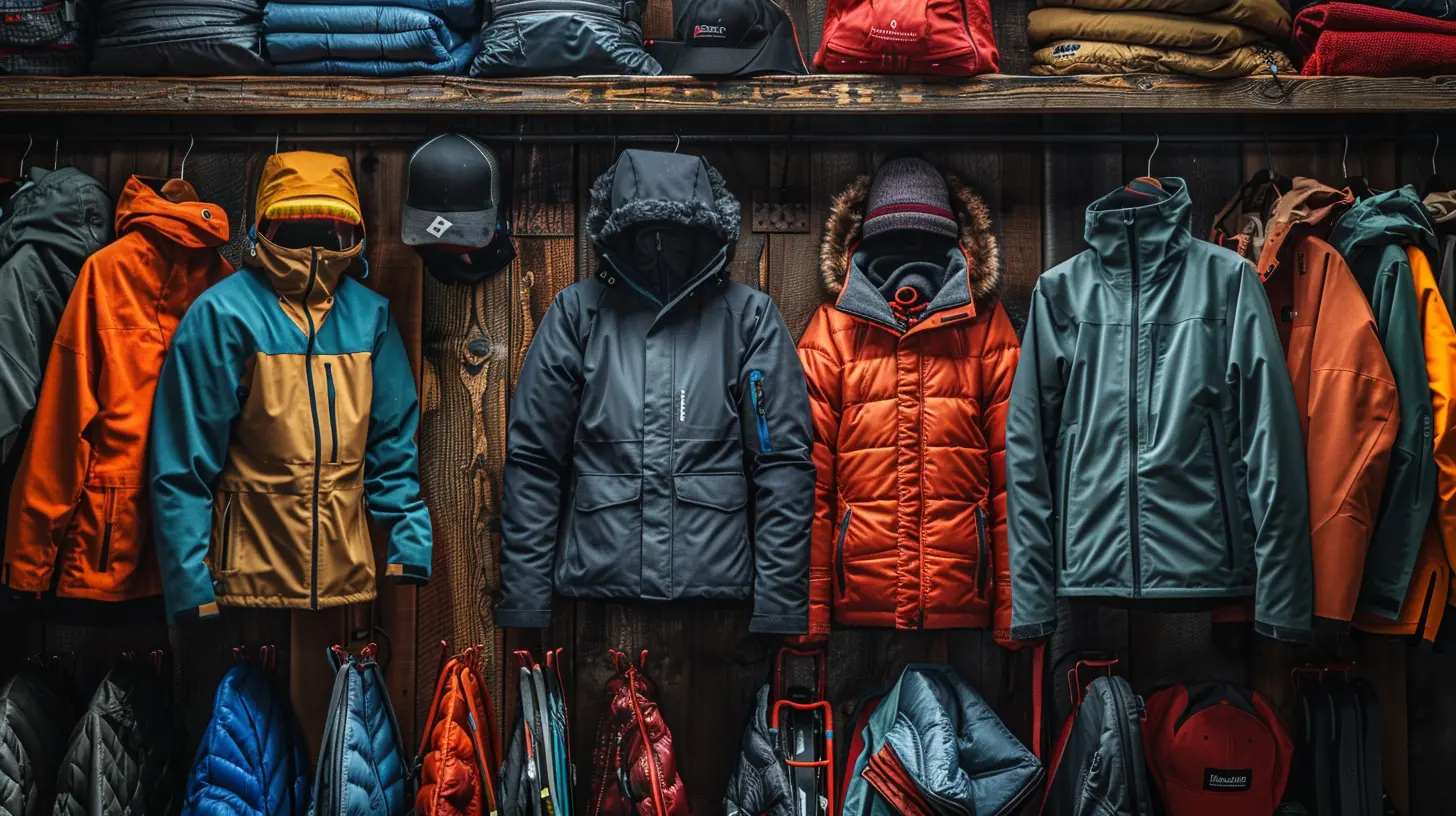
The Essential Ski Layering System
1. Base Layer – Your Second Skin
The base layer is the foundation of your ski outfit. Its main job? To wick moisture (aka sweat) away from your skin. When you're skiing, your body generates heat, and sweating is inevitable. If that moisture stays trapped, you’ll start feeling cold fast.What to Look For in a Base Layer:
- Material Matters – Skip cotton! It absorbs moisture and stays wet, making you cold. Instead, go for merino wool or synthetic fabrics like polyester.- Fit Is Key – It should be snug but not restrictive. Too loose, and it won’t wick sweat efficiently.
- Light vs. Heavy – In frigid temps, opt for a thicker, thermal base layer. For milder conditions, a lighter one will do the trick.
Top Picks for Base Layers:
- Merino wool – Warm, breathable, odor-resistant. A bit pricey, but worth it.- Synthetic fabrics – Affordable, dries fast, and great for high-intensity skiing.
🧤 Pro Tip: Don’t forget base layer bottoms! Keeping your legs warm is just as important as your upper body.
2. Mid Layer – The Insulation Powerhouse
The mid layer is all about trapping heat while still letting sweat escape. Think of it as your ski jacket’s best friend—it provides the warmth without the bulk.Best Mid Layer Options:
- Fleece Jackets – Lightweight, breathable, and warm. A solid choice for most ski conditions.- Down Jackets – Super warm and packable but loses insulation when wet. Best for dry conditions.
- Synthetic Insulation (like PrimaLoft) – Retains warmth even when damp, making it ideal for unpredictable weather.
How to Choose the Right Thickness:
- If it’s really cold (below 15°F), go for a heavier mid-layer.- If it's moderate (15–30°F), a lightweight fleece should work.
- If temperatures fluctuate, consider a zip-up option so you can vent out excess heat.
🧥 Pro Tip: Opt for a mid-layer with full zippers—easy to take off if you get too warm.
3. Outer Layer – Your Shield Against the Elements
Your outer layer (aka ski jacket and pants) is your defense against wind, snow, and freezing temps. It should be waterproof, windproof, and breathable to keep you dry and protected.What to Look for in an Outer Layer:
- Waterproof Rating: Look for at least 10,000mm waterproofing for solid protection.- Breathability: High breathability (measured in grams) keeps sweat from building up inside your jacket.
- Sealed Seams: Fully sealed seams prevent moisture from sneaking in.
- Ventilation Zippers: Pit zips (underarm vents) help regulate temperature.
Types of Outer Layers:
- Hardshell Jackets & Pants – Maximum weather protection but little insulation. Best when paired with a warm mid-layer.- Insulated Ski Jackets & Pants – Built-in insulation for extra warmth. Great for extremely cold days.
- Softshell Jackets – More breathable but less waterproof. Best for drier conditions.
🛑 Pro Tip: Avoid cheap "water-resistant" jackets—they won’t hold up in heavy snow. 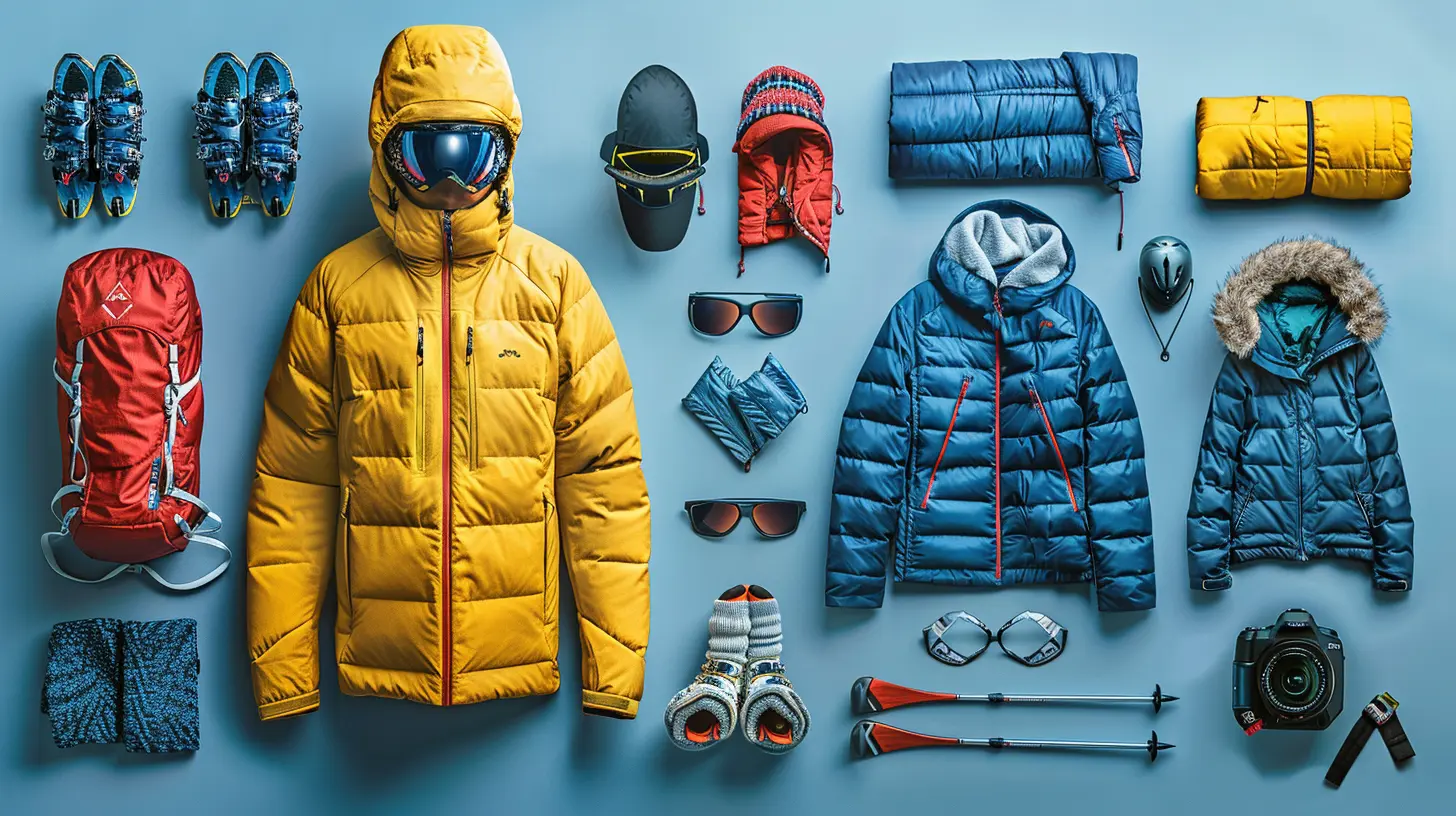
Extra Layers & Accessories
Cold weather skiing demands more than just the three main layers. You’ll also need accessories to protect exposed areas.Neck Gaiters & Balaclavas
Your neck and face are vulnerable to the cold. A good fleece or merino wool neck gaiter keeps them cozy, while a balaclava provides full-face coverage for extra warmth.Gloves or Mittens
Fingers freeze fast, so invest in high-quality insulated, waterproof gloves or mittens. Mittens are warmer, but gloves provide better dexterity.Ski Socks
Forget thick, bulky socks—merino wool ski socks are the way to go. They keep feet warm without cutting off circulation.Helmet & Goggles
A ski helmet isn't just for safety; it also keeps your head warm. Pair it with anti-fog ski goggles for clear vision in snowy conditions.🔥 Pro Tip: Avoid doubling up on socks—it can restrict blood flow and make your feet colder! 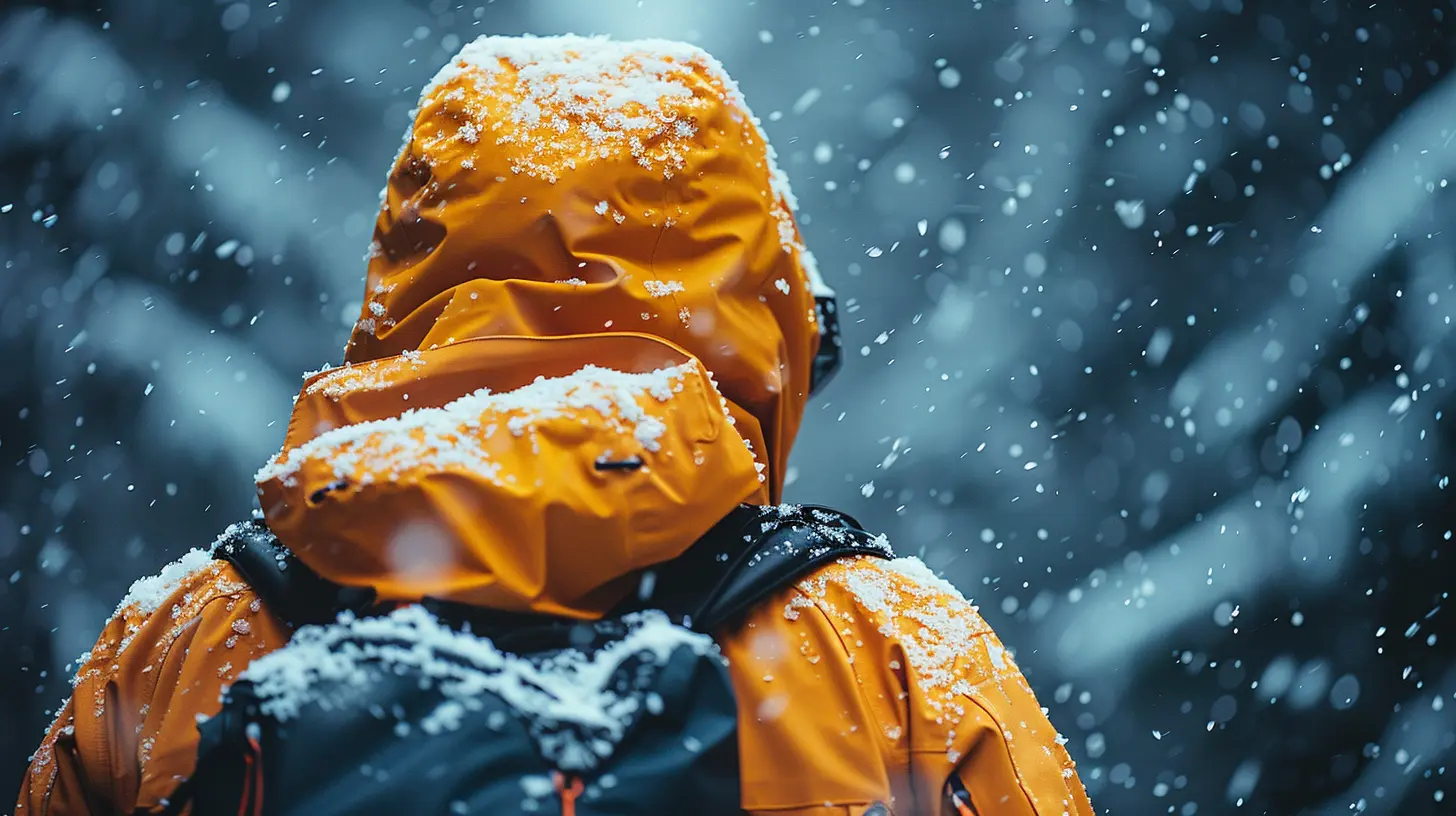
Common Layering Mistakes to Avoid
Even experienced skiers make layering mistakes. Here are some to watch out for:❌ Wearing Cotton: It soaks up sweat and stays wet, making you colder. Stick to wool or synthetics.
❌ Over-layering: Too many layers can cause overheating, leading to excessive sweating and eventual chill.
❌ Ignoring Ventilation: Use pit zips and leg vents to regulate body heat.
❌ Neglecting Extremities: Hands, feet, and face need extra protection!
Final Thoughts
Mastering the art of layering for cold weather skiing can mean the difference between an epic day on the slopes and calling it quits early because you're freezing. Stick to the base layer + mid layer + outer layer formula, invest in high-quality materials, and don’t forget accessories.With the right layers, you'll stay warm, dry, and comfortable—no matter how cold it gets. So gear up, hit the slopes, and enjoy the ride!
all images in this post were generated using AI tools
Category:
SkiingAuthor:

Everett Davis
Discussion
rate this article
3 comments
Zarev Monroe
Great article! Proper layering is crucial for staying warm and comfortable while skiing. Your tips on choosing materials and adjusting layers based on activity level are particularly helpful. Thanks for sharing!
June 20, 2025 at 11:19 AM

Everett Davis
Thank you for your kind words! I'm glad you found the tips helpful for staying warm while skiing. Happy skiing!
Emma Mendoza
Layering for skiing is like assembling a snowman: start with a solid base, add insulation for warmth, and finish with an outer layer to keep the chill at bay. Just don’t forget the accessories!
June 14, 2025 at 2:46 AM

Everett Davis
Great analogy! Just like building a snowman, the right layers are essential for staying warm and comfortable on the slopes. Happy skiing!
Natalia Diaz
Great tips for staying warm on the slopes! Layering is key to enjoying those chilly ski days. Can't wait to hit the mountains and show off my stylish, cozy outfit while carving through the snow. Let's ski happy! 🏂❄️
June 9, 2025 at 3:47 AM

Everett Davis
Thank you! Enjoy the slopes and stay cozy in your stylish outfit! Happy skiing! 🏂❄️


